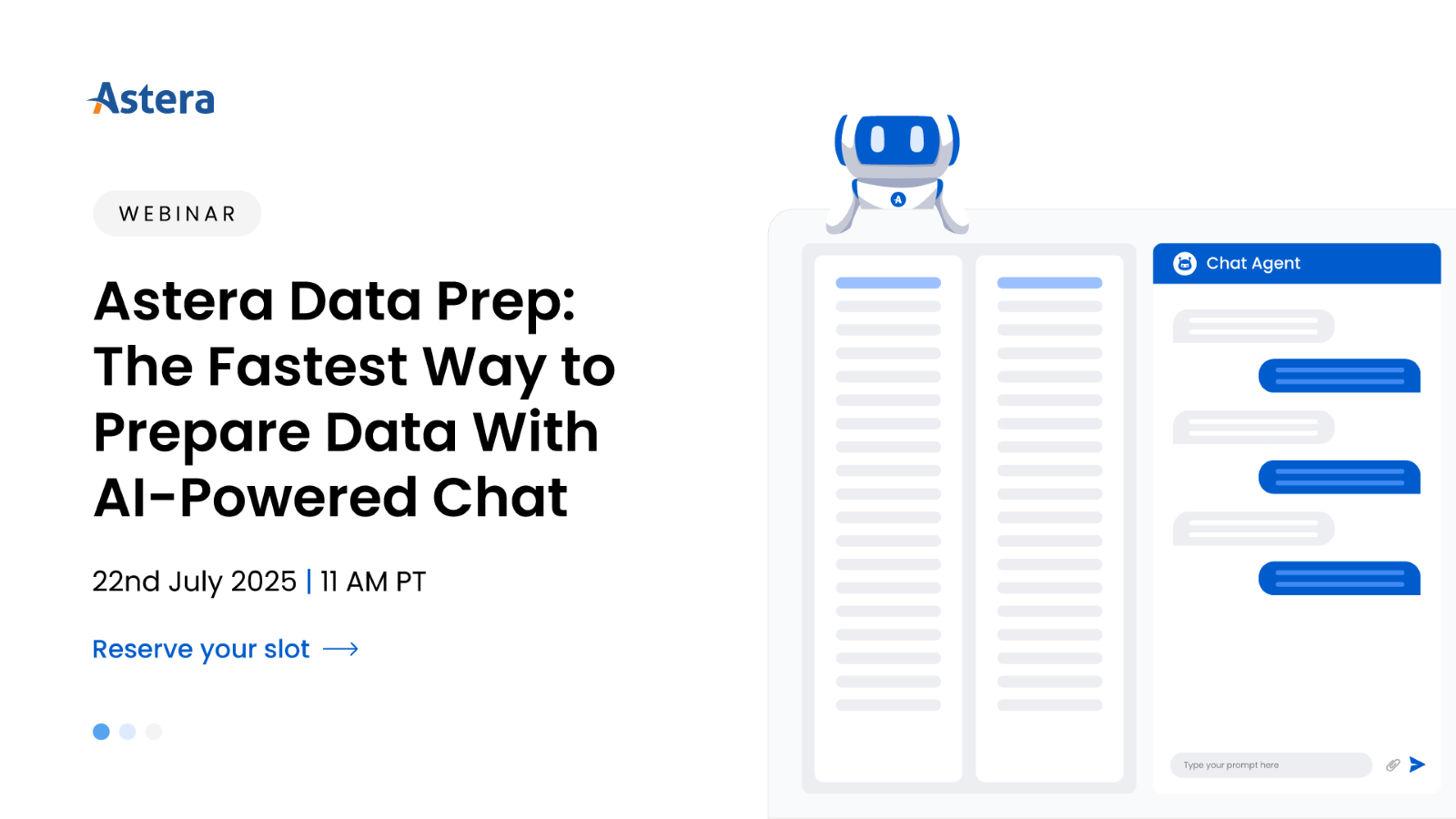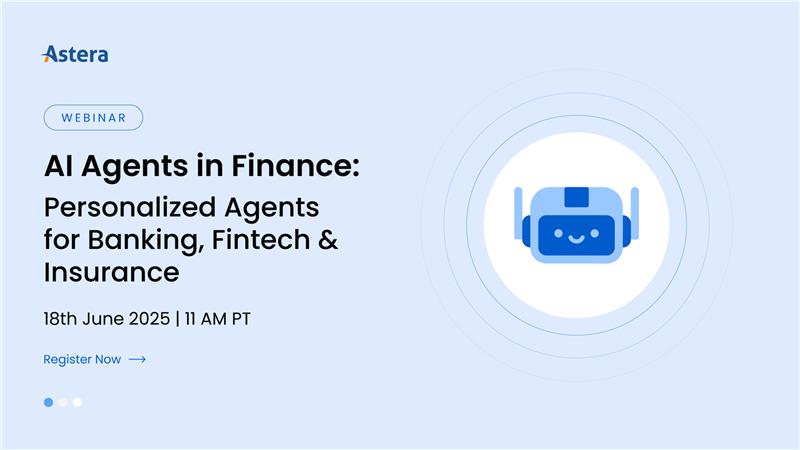
Learning with Data: Why You Need a Data Warehouse to Measure the Effectiveness of Your L&D Strategy
From remote-first companies to flexible working hours across industries, the pandemic has brought unimaginable changes to the workplace. And in the midst of these changes came a necessary realization. According to LinkedIn’s Workplace Learning Report in 2021, 64% of analytics in learning and development professionals agree that learning, training, and development of employees has now changed from a “nice to have” to a “need to have”.
Now, like every employee-centric organization, chances are that you already have some sort of training and development program in place. After all, there’s so much to offer from technical training to soft skills training. At times, it’s even impossible to expect someone to do their job without a certain level of product training (think SaaS marketers).
Take a step back though and you’ll realize that there’s a lot more to analytics in learning and development than you might have considered.
While the importance of learning and development is evident, not enough thought is given to developing a L&D strategy for organizations. Shockingly, only 40% of companies say that their learning strategy is aligned with business goals.

One solution, as Naphtali Bryant, Director of Learning and Organization Development at Netflix puts it, is “to get execs engaged, don’t do a one-size-fits-all approach, do a one-size-fits-one approach”.
With the right data on your side, you can not only offer more personalized trainings, but also measure the effectiveness of these trainings with metrics including employee performance and eNPS instead of just seeing how many employees attended training and what percentage of attendees completed the entire training program.
The What, Why, and How of Making Data the Centerpiece of Your L&D Analytics Strategy
With 94% of surveyed employees claiming that they would stay at a company longer if it helped them learn, it’s clear that investing in learning and development data analytics has a very direct – and strong – correlation with employee retention. But if your L&D data remains siloed, you probably won’t be able to identify just how to meet your employees’ learning needs to curb attrition.
Even if you try to define your strategy by asking questions like “What was the turnover rate this year?”, remember that they can’t be answered in isolation. Since L&D – and human resources as a whole – is multifaceted, it’s essential to get a complete picture of all the data that’s involved. Needless to say, this involves ensuring that the data gathered is both accurate and accessible for more accurate analysis.

When you’re talking about creating a system of learning and development that’s driven by data, it’s also essential to store historical records. In doing so, you ensure that each employee’s training journey can accurately be tracked. Having historical information about employee trainings at your disposal also ensures that you can figure out which training programs work best with employees and decide how to bridge any gaps that were identified through employee feedback.
Creating a single source of truth for all training-related data also has several benefits from an expenditure standpoint. According to research by the Brandon Hall Group, 40% of companies had reported a budget cut for learning and development as a direct result of the pandemic. Once you know which training programs are the most effective and have a breakdown of all of the expenses incurred in executing these programs, you’ll be able to continue investing in employee training without overrunning your budget.
Top Challenges of Learning and Development Data Analytics
Since HR analytics in learning and development has only recently started to gain steam, there are still a number of challenges that need to be addressed. Here are a few of the top challenges for L&D teams that can be solved by breaking data silos.
Showing ROI on Learning and Development
While organizations were always trying to curb expenses, this holds even more true since the pandemic hit. Now, learning and development data analytics is a vast area that’s connected to everything from employee performance to departmental costs. So, not having the means to consolidate both the quantitative and qualitative results of your L&D strategy means that you won’t be able to prove how important it really is.
Requesting and Incorporating Feedback
Whether you’re talking about work-related events or training programs, people generally do share their thoughts with their peers. The problem, however, starts when this feedback isn’t incorporated into your working practices and processes.

Unless you request feedback directly from employees, you won’t really know what you can do to improve the effectiveness of your training program. Worse still is having this feedback trapped in a data silo, not knowing how to piece it together with the rest of your L&D analytics strategy. With a data warehouse by your side, you can not only consolidate user feedback from a multitude of sources but also track your employees’ performance throughout their tenure.
Maximizing Retention
It is not uncommon for people to forget a new thing they learned about in just a few hours. While there’s a lot of science behind why that happens, one thing is clear: keeping the content of the training program as engaging as possible and adding a dash of personalization according to your employees’ skills, preferences, and training history can make all the difference.
Maintaining a record of all previous trainings will also help you reinforce the information in smaller bits and pieces whenever needed, allowing your employees to retain everything they learn for far longer.
Tying it All Together
The lack of data mobility and accessibility can incapacitate your learning and development strategy. By creating a data warehouse, you can ensure that all of the data collected and gathered at various touchpoints including initial employee data such as information regarding their education to feedback received through emails is all stored and accessible from one place. This allows you to make quick decisions and draw key insights.
Once you have identified your requirements and sources, you can accurately visualize them in a data model to encapsulate all the entities that provide essential details for your learning and development strategy. This schema will also establish relationships between the different entities facilitating downstream reporting and analysis

So, for instance, if you’re trying to keep track of the dates that an employee underwent training when they were working in a very specific department, say outbound sales, you’ll be able to do so easily. Our new product, Astera DW Builder, makes this process simple by reducing the need for any manual coding. All you need to do is drag and drop your entities to a designer, define relationships, and you’ll have your entire data model ready in just a few clicks.
The best part is that you don’t even need to manually extract any data. Astera DW Builder’s automated scheduling and job monitoring features allow users to define when they want their data pipelines to be executed automatically, expediting the process.
Once you enrich your data with the help of data transformations and your data warehouse is populated, you can improve visualization by connecting it to BI tools. This will allow you to build easily understandable dashboards for each department – and even each employee if needed – to grasp the full picture of your analytics in learning and development strategy.
Say you want to see how a biannual training on effective communication affects the performance and deals closed by your sales team. With a data warehouse by your side, you’ll get to define the effective dates when the employee was in training, compare the feedback or evaluation score they received before, during, and after the training, and also see how their sales numbers changed as a direct result of this training.
If you want to do a deeper analysis, you can also take a look at the costs incurred for training and see if they make sense based on the overall improvement in the performance of the team. With all this data at your disposal, you can also make necessary changes to your L&D analytics program to maximize attendance and improve results.
Ready to build a data warehouse to streamline learning and development data analytics within your organization? Take Astera DW Builder for a test drive to find out how you can extract, consolidate, and query data without typing any code.





